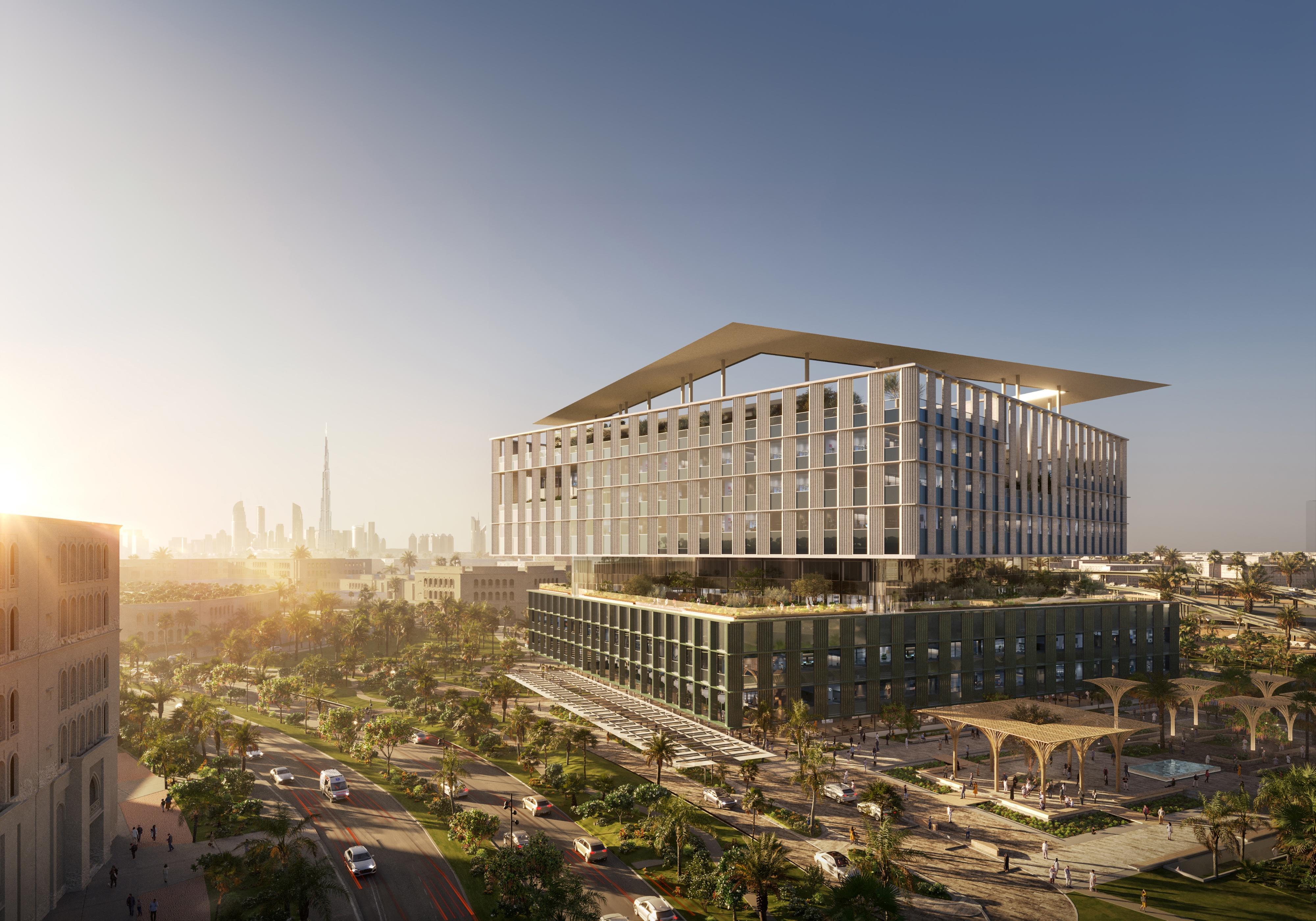
Making the case: How designers can help the world say yes to decarbonization
By David Martin, Stantec
There’s never been a better time to make a difference through design than today. To forward decarbonization, however, we must combine our passion for good with pragmatism.
Our society faces an overwhelming challenge in climate change. According to the International Energy Agency (IEA) and the United Nations, we have a narrow path for reducing greenhouse gas emissions by 2030 if we are to hit net zero emissions by 2050 and limit global temperature rise. As architects, we hold immense responsibility and privilege. In designing the built environment, we shape the future of our communities.
The AIA 2030 Commitment is an actionable climate strategy that sets forth standards and goals for reaching net zero emissions in the built environment. (Stantec is an AIA 2030 signatory.) As designers with experience and understanding of how the built environment contributes to greenhouse gas emissions, we have a lot to offer in the important fight. As design professionals and signatories to the AIA 2030 Commitment, we have a responsibility to reduce carbon emissions and reach net zero in our designs by 2030.
In light of what we know about the changing climate, our work takes on an additional urgency. We must face the climate emergency head-on and champion sustainability and decarbonization in every project we undertake. We must share our inspiration and celebrate the best in sustainable design and holistic trans-disciplinary design within our profession. Naturally, we want to bring our passion to working with clients on their building projects, too.
But it's rarely passion that drives the decision to decarbonize.
So, how can we make a difference?
We can give our clients more opportunity to choose decarbonization
We are passionate about the urgency of design to mitigate climate change. But to be effective in making change and be good partners, we need to understand that many clients are not making decisions around these global issues or 2050 targets. Global warming, climate metrics, and 2030 can seem abstract and distant to many. They make decisions around what is affecting them today in their community: their employees, their budgets, their students, their care providers.
Likewise, terms like “sustainability,” “resiliency,” and “net zero” don’t yet resonate in many environments. For designers, the challenge becomes, how do we talk about designing for the huge task before us, decarbonization, while engaging our clients and meeting them where they live?
We can give our clients that opportunity to embrace decarbonization by speaking the language of decision-makers, using familiar terms like “efficiency” and “ROI,” by which they measure success.
We can also look for the intersection between decarbonization and their mission and draw out the benefits. In our experience, we can achieve low or net zero approaches to projects when we can show that they add value: they will reduce energy bills, help clients maintain operations in extreme weather, promote health and wellness for occupants, enrich brand awareness and reputation, or align with ESG goals and building performance standards.
The more opportunities we can give them to say yes, the better chance we have to move the needle to net zero. On a recent energy audit for a national client, for example, we were able to prove the business case for decarbonization. We looked at the portfolio of properties across the U.S. and recommended energy conservation measures with their associated costs and estimated payback time. We showed that decarbonization investments would result in a 49% reduction in utility costs and a 48% reduction in overall building energy use with a payback time of 11 years.
By design, this pragmatic approach to achieving decarbonization does not sound as urgent nor as strident as a call to arms for the architecture industry. It speaks to a different audience. Yet, it’s still about achieving results as soon as possible. We need to harness our creativity and passion and apply them with our collaborative skills to meet the challenge of decarbonizing the built environment. Together, we have the power to make a lasting impact on our world.
David Martin is the design director for Stantec Buildings. Based in London, David leads design for award-winning healthcare, research, and education projects across the globe. He believes the built environment can and should enrich people’s lives.
AIA does not sponsor or endorse any enterprise, whether public or private, operated for profit. Further, no AIA officer, director, committee member, or employee, or any of its component organizations in his or her official capacity, is permitted to approve, sponsor, endorse, or do anything that may be deemed or construed to be an approval, sponsorship, or endorsement of any material of construction or any method or manner of handling, using, distributing, or dealing in any material or product.